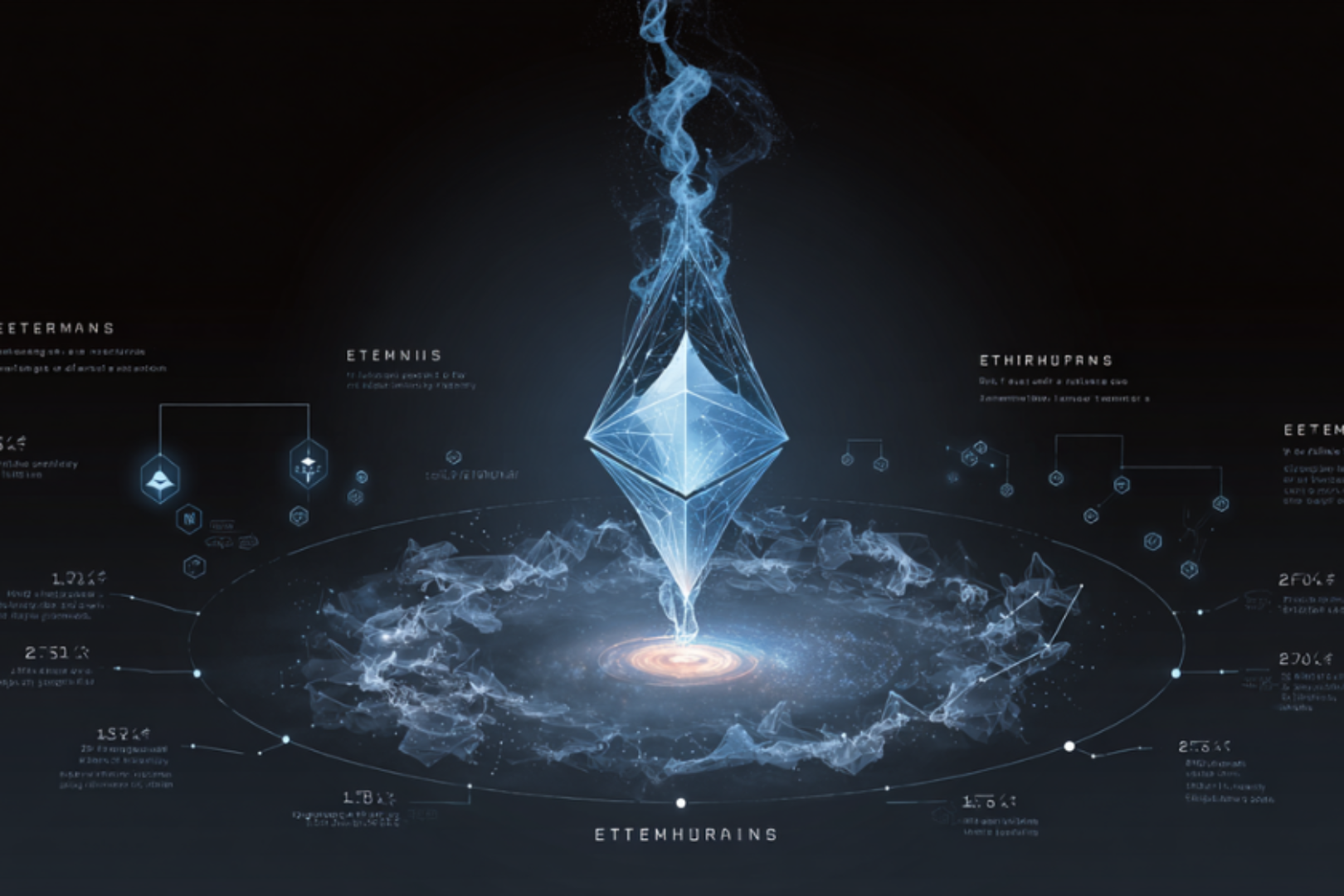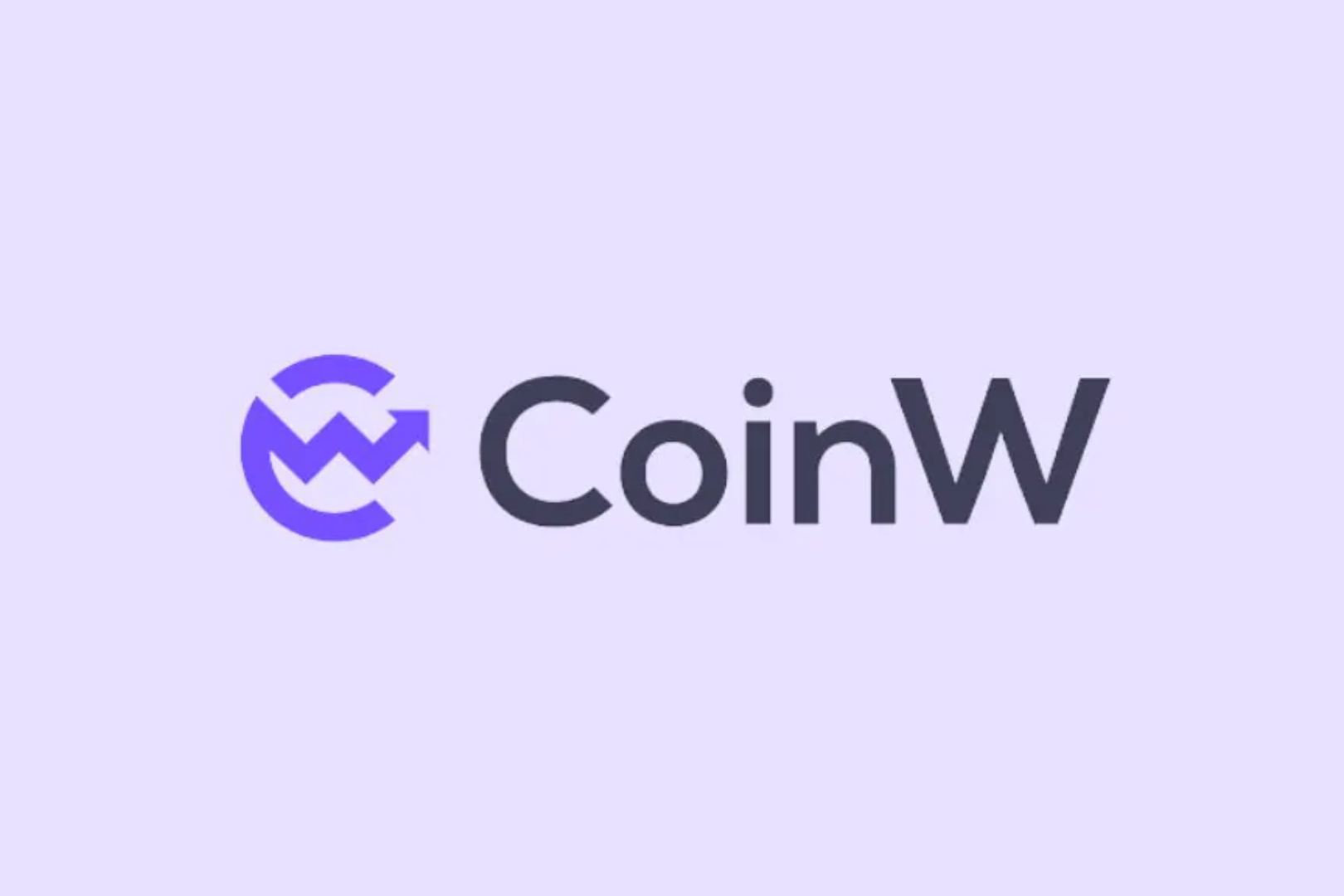
Editor's Note: This article comes fromChain Academy (ID: gh_16a912371734), Author: Blockchain Robin, reproduced by Odaily with authorization.
Editor's Note: This article comes from
Chain Academy (ID: gh_16a912371734)
"Chain Academy (ID: gh_16a912371734)", Author: Blockchain Robin, reproduced by Odaily with authorization."The Web 3.0 data storage project has been building out its technology since a $257 million ICO that closed in September 2017."While Filecoin has been quieter than most projects during this time, Filecoin is currently launching a very active incentivized testnet called Space Race. There are 1.5 million FIL tokens allocated to testnet participants, and although the company declined to discuss any details that might inform the price of FIL, it is difficult to assess its value, however, this testnet has been quite popular.
Miners are learning a lot,"Ian Darrow of Filecoin told the author. He said that more than $100 million worth of hardware serving the testnet has been launched, and the data capacity of more than 200 pebibytes (PiB) has been verified."。
Overall it exceeded expectations,
Darrow said.
There is also a futures market for upcoming tokens. As of this writing, Gate.io's futures are currently trading at $18.5 (USDT). Pantera Capital said in a recent investor letter that Filecoin futures are trading at
well above our cost base
Juan Benet, the creator of Filecoin, has a good vision for the future of the network, so the goal of the Filecoin network is to become a new generation of data storage and retrieval market, and it is possible to compete with the network giants that control the data storage field - Amazon, Microsoft and Google - and content delivery network competition such as Cloudflare.
"Although the cost of storage is indeed on a downward trend, and storage has actually become a commodity product, the considerations for Filecoin are twofold:"The need for data storage will soon skyrocket.There will be a need for a new kind of storage, one that can demonstrate redundancy and accessibility.The last Filecoin roadmap update, involving the launch of the mainnet, said it would happen in mid to late September. When we spoke to Darrow, he said it was still on schedule.
A new document published ahead of the network’s launch, the
Economic Engineering of Filecoin
’ explained. It provides an in-depth introduction to several key elements of the new system."The following is a summary of some of the main ideas.
secondary title
Miners require a considerable amount of collateral to participate
Darrow said.
Mining on Filecoin mainly uses traditional storage systems to provide storage space. This is commodity hardware. Almost anyone with an internet connection can participate. A high-quality 1TB hard drive can be purchased for around $50, although most participating entities will far exceed that amount.
The point is that Filecoin cannot employ expensive specialized hardware (such as Bitcoin or Ethereum ASICs) to deter unserious participants, so it needs a controllable collateral to prevent malicious actors from making transactions that do not respect the terms."The Filecoin system requires upfront collateral and block rewards to be distributed to help ensure participants stick around long enough to fulfill their commitments."secondary title
Incentives are built to avoid early predation"Filecoin wants the network's storage capacity to grow without inducing ugly"first day gold rush
, Darrow said.
"This incentive to get people together early is very nasty."Darrow said of other projects."Early mining rewards are highest and total mining power is lowest, so you get a lot of people jumping from one project to another. "
"Filecoin has a pre-set growth plan for storage capacity, and 70% of mining rewards are pegged to this baseline. If the network has not reached this goal, the block reward is reduced to the ratio it achieved.""The idea, Darrow explained, is to reduce the first-mover advantage."Since network rewards grow with mining power, the time a miner enters the network is less important,
The overall result is that Filecoin's rewards to miners more closely match the utility they and the network as a whole provide to clients.
according to"Space Race "economy"Filecoin grows from a baseline of 200% per year, and the community can choose to slow down growth only when the network reaches more than 1% of global storage."
according to
experience, Darrow said:
It doesn't look like we're having a hard time hitting pretty nice numbers in the first year.
secondary title
"The main focus is to roll out a ready network"One feature of Filecoin that may seem strange at first is that participants can earn rewards for storing nothing.
At first glance, this might not make sense, but it's a matter of having some extra space in the system.
What you don't want to see is a network that doesn't have extra capacity, or that you don't know is available.
Darrow said. In addition, since all nodes are also participating in securing the Filecoin blockchain, they are also contributing to the consensus.
"In other words, Filecoin does not want so many participants to invest in empty blocks, so an incentive system was established to push people to find real customers."secondary title
'Verified customers' is a key incentive mechanism
Serving verified clients earns significantly higher block rewards. These are real companies, with real needs, doing real data transactions. The idea is that it shouldn't be that hard to become a verified customer, but the business should have obvious appeal to customers on the web.
The economic paper explains.
This will be a large, identifiable set of entities in the ecosystem, although the list is not made public, Darrow said. It will be groups such as: non-profits doing large amounts of data storage, academic entities, and major foundations in the blockchain world.
Storing verified data will have a higher block reward than unverified data or empty blocks (since it is encrypted, the Filecoin network cannot tell the difference). In fact, Filecoin already provides verified data all over the world.
Because verification data is so attractive, Darrow said the team expects miners to do business development work in an attempt to secure transactions with verification clients, helping to improve the overall competitiveness of the system as a whole.
secondary title
AWS isn't the only thing Filecoin could disrupt
Filecoin is often described as entering the realm of Amazon Web Services or Dropbox, but it's more disruptive than that.
Filecoin is also trying to incorporate content delivery network (CDN) services as well.
Data moves fast, but the world is big, and it's also true that files closer to the user get there significantly faster than files farther away. Most of the stored data will never be touched, so these services will never be needed, but some stored data will become very popular.
For this popular data, companies can provide retrieval services, which means that they will get paid for providing data services to customers. An example Darrow gave was when a video went viral. A CDN could cache copies of that video around the world and bid for the opportunity to serve it to viewers.
These extra copies do not count toward the client's fee for safe keeping on Filecoin, but they can be used to retrieve the market."In many, if not most cases, the storage provider also provides retrieval services, Darrow said, but there may well be cases where it makes sense for a CDN-like entity to step in for certain files."secondary title
"Everything in the Filecoin system has an upfront cost"
Customers pay for storage with FIL, and FIL is unstable. The Filecoin system requires storage clients to commit to an upfront payment during a transaction, though miners are only paid if their commitment is fulfilled.
The document sets out the advantages of this arrangement.
In addition to the collateral commitments of both parties, there are transaction payments from clients to miners. This payment is initially locked in by the client when the transaction is incorporated into the blockchain; thus, the moment the client enters into the storage transaction, the exposure to Filecoin price volatility ends. Payments are released to miners as some fraction of the total transaction fees each payment period.
On the other hand, many storage customers may be accustomed to paying as they go, rather than a one-time payment to begin with. The trade-off here is that they only pay for what they need, Darrow said.
As money on the Internet becomes more complex, this will also potentially provide an opportunity for third parties to provide upfront financing for companies that want to use Filecoin but have the flexibility to pay regularly."secondary title"Filecoin treats every piece of data as special
One of the most important aspects of Filecoin to understand is that it relies on a concept called content addressing.
Most addressing on the Internet relies on location. Go to a URL and see what you want there. As the Internet ages, more and more of these links are dead. is called
rotten link




